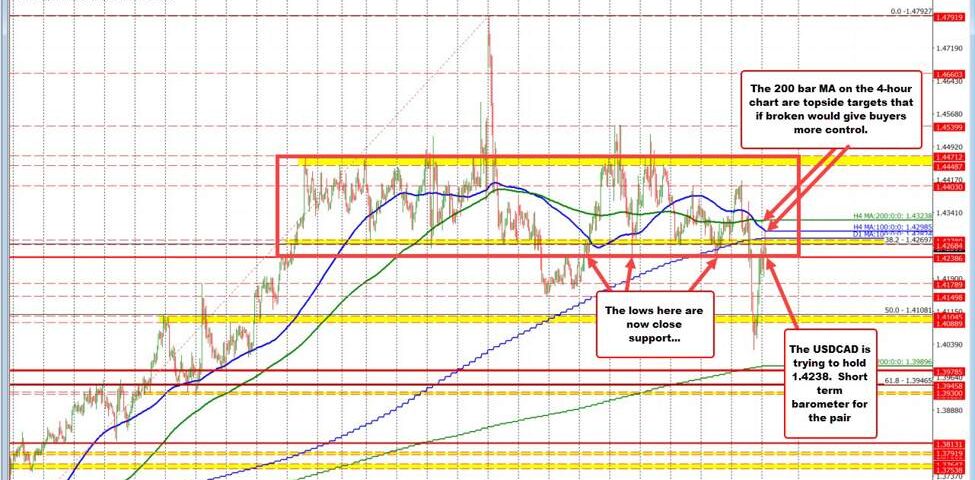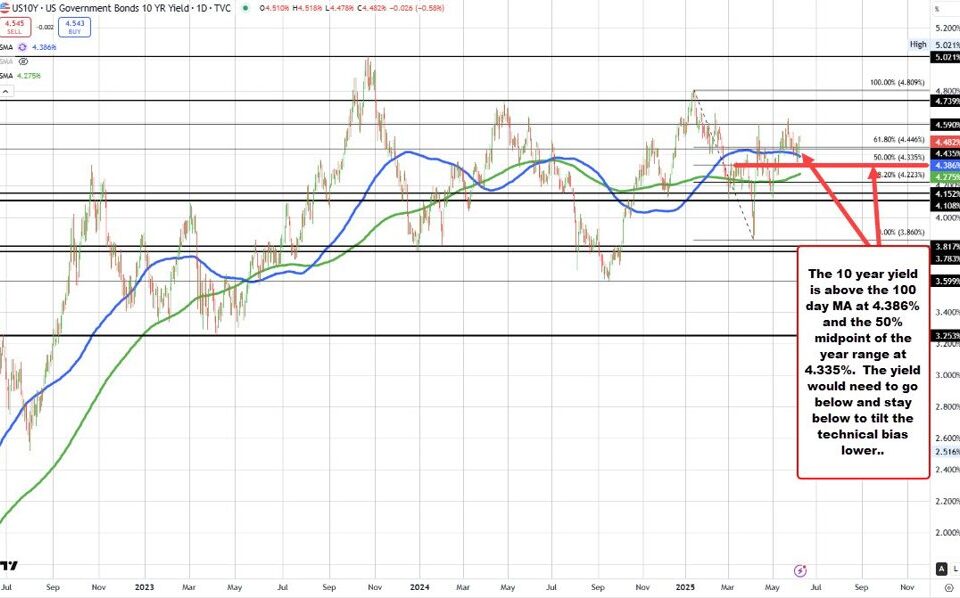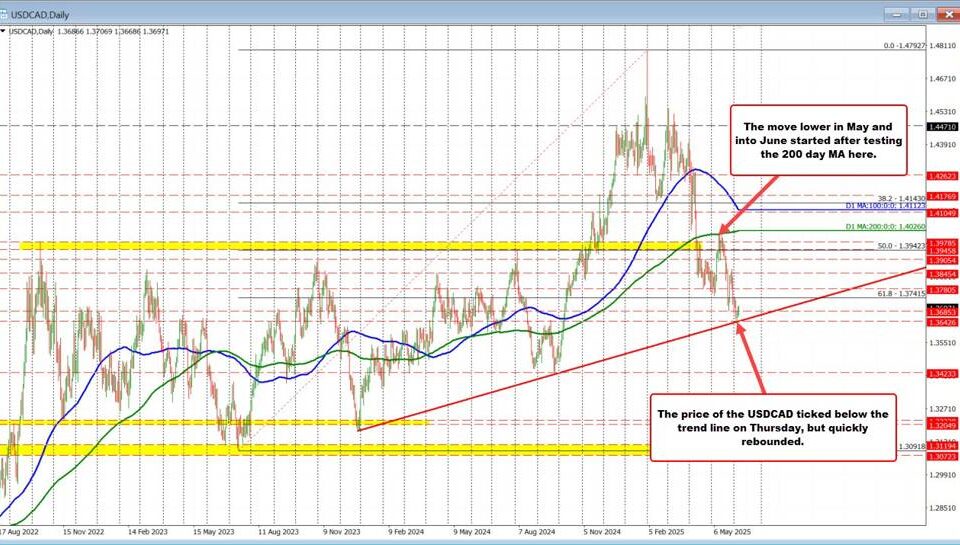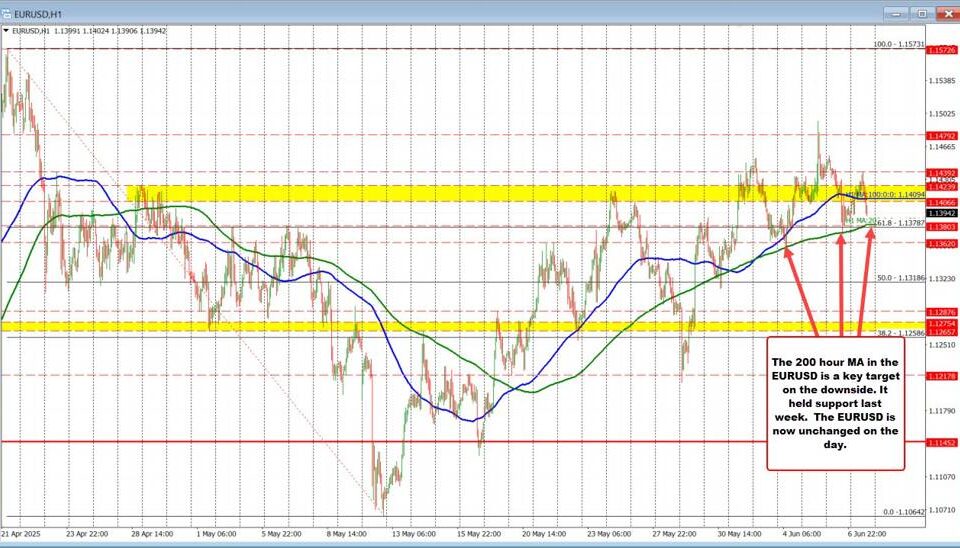
California’s Unemployment Benefits Audit: A Wake-Up Call for Systemic Reform
Tháng 4 7, 2025
US-Europe Tariff Talks Heat Up: Paving the Way for Zero Tariffs and Free Trade
Tháng 4 7, 2025USD/CAD Currency Pair Analysis: Current Trends and Future Outlook
In the world of foreign exchange trading, understanding the movements of currency pairs is crucial for making informed investment decisions. Currently, the USD/CAD pair is experiencing a complex landscape characterized by bearish momentum alongside potential for upward movement. As of April 7, 2025, the pair trades at approximately 1.4247, reflecting a market that is navigating various economic influences and projections.
Current Market Momentum
Analyzing the recent market sentiment, the Relative Strength Index (RSI) sits at 46.47, indicating a neutral momentum for the USD/CAD pair. This value signifies that neither buyers nor sellers hold a substantial advantage, positioning traders in a state of anticipation regarding the currency pair’s future trajectory. It is important to note that despite the neutral RSI, the overarching trend appears to be bearish, suggesting that downward movements may be more probable in the near term. This aligns with the current neutral trend between USD and CAD characterized by indecision and low volatility, as outlined in a recent analysis on the subject. For further insights, you can read more here.
Key Support and Resistance Levels
Investors monitoring this currency pair should pay close attention to critical support and resistance levels. Immediate support is established at 1.4113, with a stronger support level within reach at 1.4083. These points are vital as they can serve as potential bounce-back positions should the price descend.
Conversely, the resistance levels are set at 1.4193 and a significant barrier at 1.4223. These thresholds will be key for tracking bullish attempts. If the price were to breach these levels, it could signal a more substantial upward correction lasting beyond the short-term bearish momentum.
Potential Downward Targets
While analysts observe a struggle within the USD/CAD currency pair to gain bullish traction, some forecasts indicate possible declines towards support levels around 1.3933 or 1.3935. These potential targets emerge from the prevailing bearish trend and macroeconomic factors that could further influence the Canadian dollar. With Canada being a substantial oil exporter, fluctuations in oil prices play an integral role in determining the strength of the CAD, and recent reports on international tariffs may also serve as additional drivers for the currency’s value.
Influencing Economic Factors
Understanding the macroeconomic environment is essential to grasp the intricacies of USD/CAD’s movements. Recent measures from the U.S. government regarding tariff policies can have ripple effects on the trading sentiments. Moreover, Bank of Canada policies and decisions surrounding interest rates will further impact the valuation of the Canadian dollar against its U.S. counterpart.
Lastly, the relationship between oil prices and the CAD cannot be overstated. A decline in oil prices typically exerts bearish pressure on the CAD as the Canadian economy is closely tied to its natural resources sector. Conversely, any upward shift in oil demand could provide an impetus for strength in the CAD.
Conclusion
In summary, the trading scenario for the USD/CAD currency pair presents a nuanced outlook with immediate considerations for both bullish attempts and bearish tendencies. The neutral RSI coupled with significant support and resistance levels calls for a careful assessment by traders. Keeping an eye on global economic factors—especially the influence of oil prices, U.S. tariffs, and the policies of the Bank of Canada—will be essential for navigating this evolving forex landscape.
Understanding these elements will prepare traders to make informed decisions as they engage with this constantly shifting currency pair. For those looking to delve deeper into the current market dynamics, the key levels to watch for movements are particularly insightful in the context of a cautious ‘wait and see’ approach. Read more about it here.




